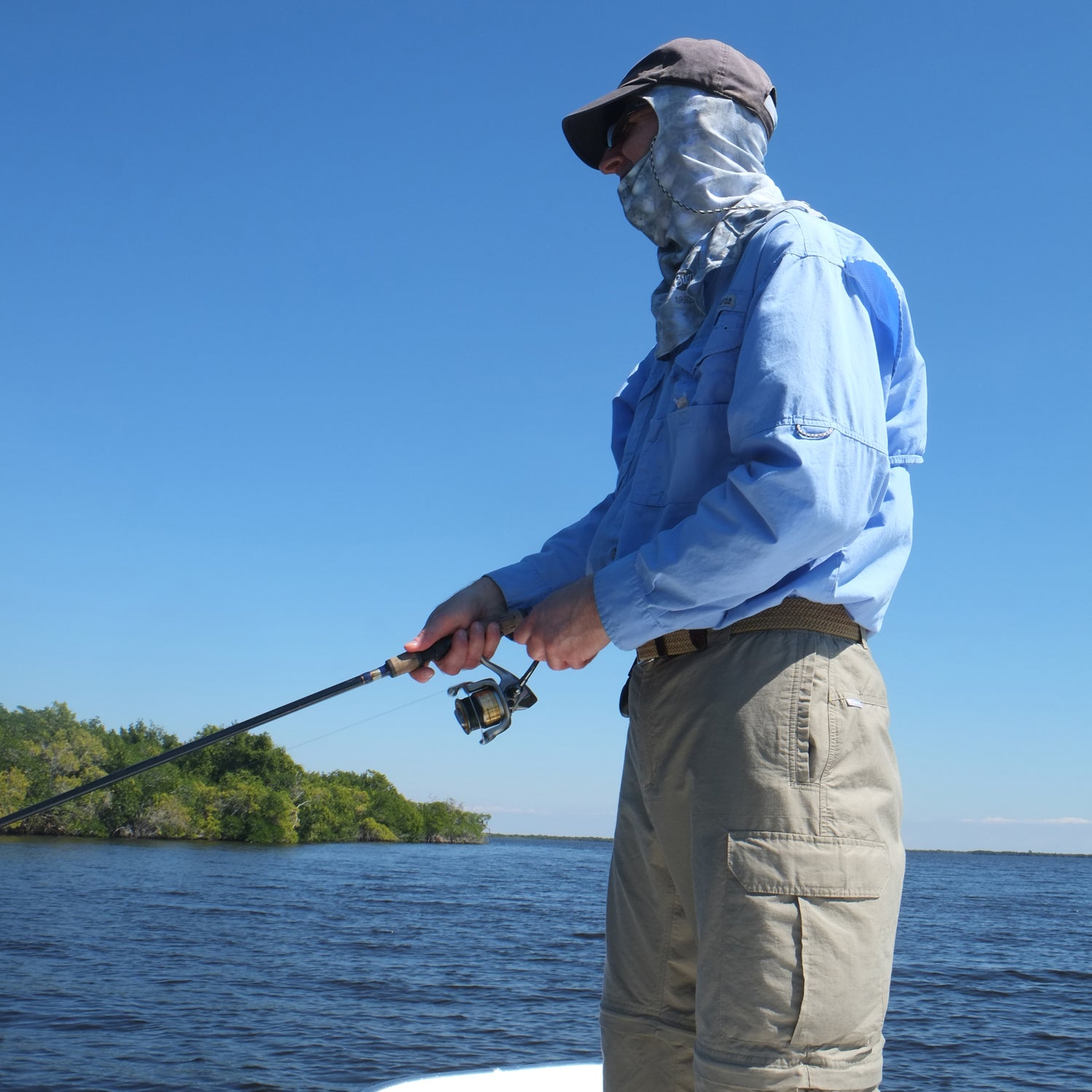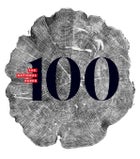Floridians talk about the state’s past in mythic terms. Flocks of egrets so thick they blotted out the sky. Fish the size of wild hogs. Alligators in such numbers you could walk from one mangrove-studded island to the next without touching sand. “You talk to the guys who guided here 50 years ago and it sounds like paradise,” said fishing guide Andy Lee, 34, as he poled us around the western edge of 1.5-million-acre in his flats skiff.
If you’ve heard anything about the park in recent years, you know that those days are gone. The area was drained in the 1920s to make way for development. Today water is diverted so the sugar industry has enough for its fields and the millions of people living near Miami aren’t flooded out when it rains. It’s common to hear advocates for the park say that the region is on life support.Â
Nevertheless, the 100-mile stretch along the Gulf Coast is full of adventure. Paddlers frequent the Wilderness Waterway Trail, which runs from near Chokoloskee to Flamingo, its southern tip. But I went in mid-February, to chase redfish, snook, and tarpon with Lee and my dad. We stayed just within the park boundary on Chokoloskee Island, the setting of Peter Matthiessen’s , about an outlaw who resided there in the late 1800s. “Of all the strange places I’ve lived, this might be the strangest,” Lee said. Everything around Chokoloskee feels like a relic from another era: the wildlife, the 400 residents, and the Everglades Rod and Gun Club, a heavily shellacked lodge that looks as if someone hit pause in 1924 and then lost the remote.Â
While the setting is capital-W Weird, the fishing is of the quality that inspires men to abandon perfectly good jobs and buy a skiff. Lee is one of them—he came to the area from Colorado in 2011 and never left. We spent two days sight casting along the edge of the mangroves and ducking our way through overgrown saltwater creeks to secret ponds and lakes. We saw big fish almost constantly—and caught them with only slightly less frequency. Redfish chased flies around the flats. Twenty-pound snook flashed from the deep to swipe at streamers.Â
And that was just below the water. One day a peregrine falcon killed a blue heron on an oyster bed. A crocodile stalked feral hogs near one of the , an expansive system of mangroves along the northwestern edge of the park. I occasionally became so distracted by the number and variety of birds that I had to remind myself to focus on the water. “Going from trout fishing to saltwater fishing is like playing putt-putt your whole life and then expecting to shoot par the first time you play a full round,” Lee said. Thankfully, the fish were forgiving, and my plus-20 handicap hardly mattered.
Access + Resources
When: Tarpon fishing is best February to June, but on redfish and snook practically year-round (from $600 per day).Â
How: Fly into Miami or Fort Lauderdale. Then it’s a 90-minute drive across the state to Chokoloskee.Â
Play: Experienced sea kayakers should tackle the 100-mile Wilderness Waterway to see dolphins, sea turtles, and plenty of alligators while paddling between empty islands.Â
Stay: Established lodging is limited, but there are a handful of Chokoloskee Island homes available on VRBO.Â
Eat: Order the stone crab enchilada at the . Or pick up groceries in Miami or Fort Lauderdale when you fly in. Â Â



